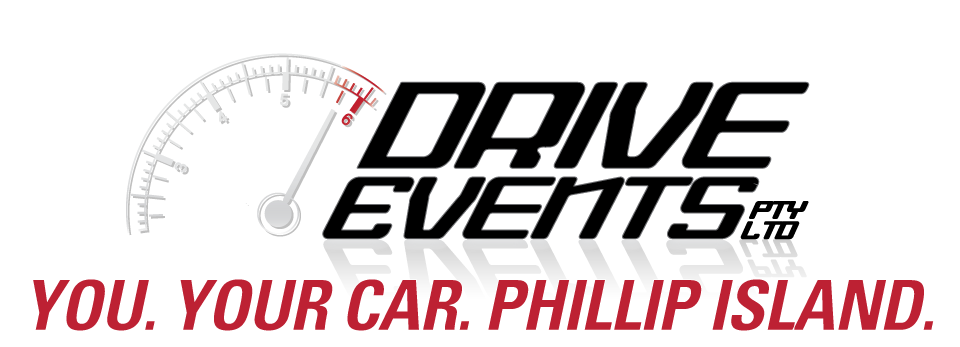Closed-circuit setting
At Phillip Island there is one, and only one, point where drivers can enter the circuit. Presiding over this gateway to asphalt nirvana is one sturdy-minded Course Controller who is in constant communication with the six other flag marshals located around the track. Driver safety is paramount, and participants are monitored from the time they leave pit lane until the time they re-enter approximately 15 minutes later.
Flag communication
As part of this monitored environment drivers can be given various flag signals from marshals. The three (3) flags used are briefly described below:
| |
Yellow flag – Cautionary flag. Either used in a stationary or waved capacity to indicate the driver should exercise caution in the next section of the circuit as there may be something or someone on the track. There is no passing under a yellow flag. |
| |
Red flag – (a) Waved. Indicates the session has been ended, possibly due to a dangerous situation on track. Leave the circuit at the nearest exit. (b) Rolled up and pointed. A driver who receives a pointed red flag must leave the circuit at the nearest exit and return to Course Control at track entry. The marshals have observed a problem with the driver’s gear, car or behaviour which requires attention. |
| |
Blue flag – Used when a slower driver has not seen a faster driver in their mirrors; it is an indication that someone faster is trying to overtake. |
| |
Chequered flag – Used at Start/Finish line to indicate the session is complete. Slow down (giving the car time to cool) and leave the circuit at the Turn 4 escape road. |
Please see Flag Definitions for a full description of flags used at Phillip Island Drive Days.
